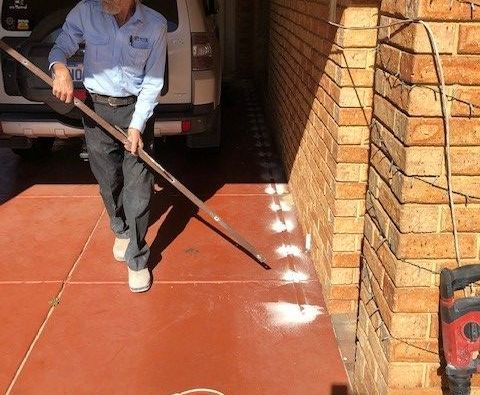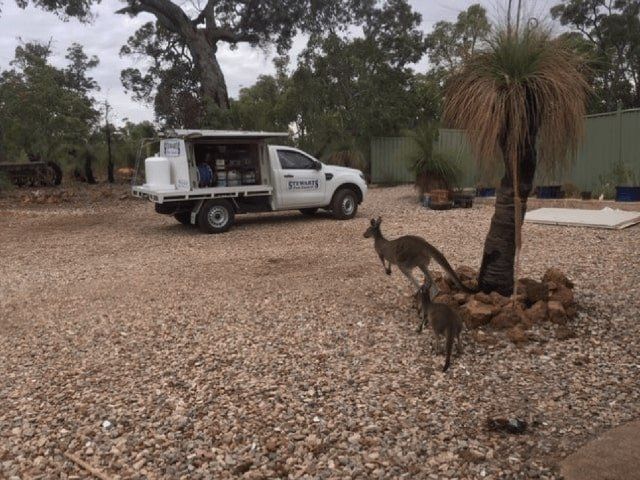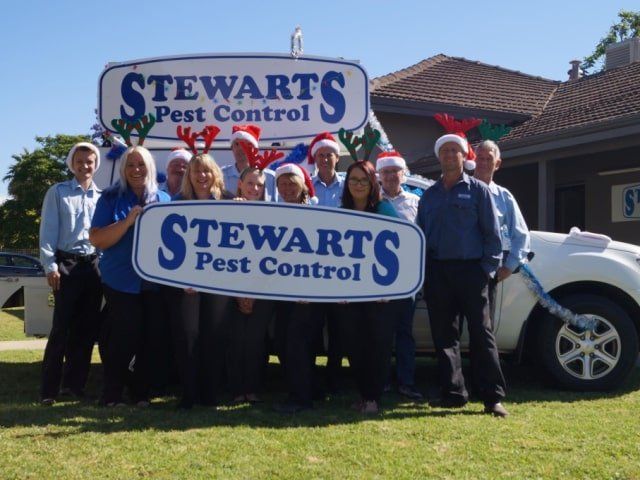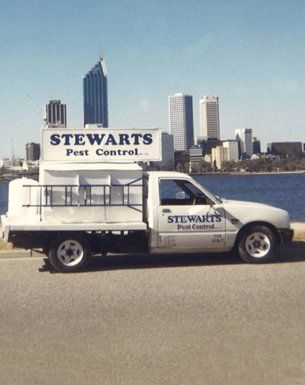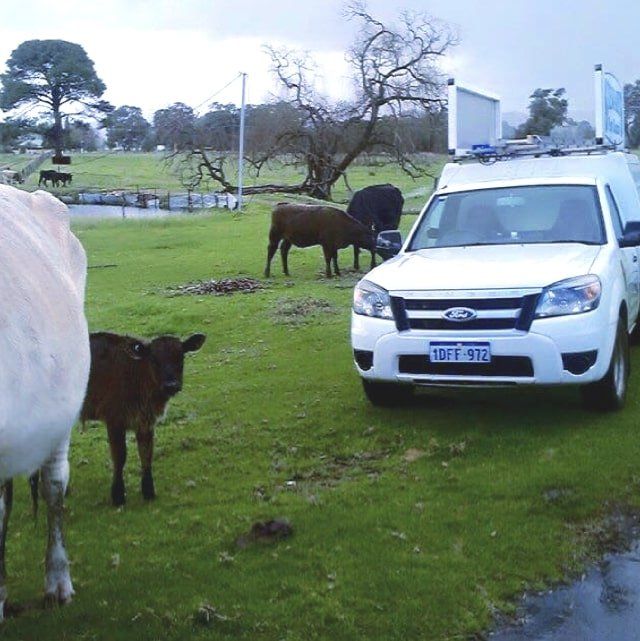Treatment Preparation
Termite Treatment Preparation for your Upcoming Service
01 Move Stored Items
02 What We Need
03 After Treatment
If you notice any termite activity around your home within the next 12 months, give us a call, and we will attend your property and treat the termites free of charge (if your service agreement is current). This service is part of your service agreement. In 12 months from your treatment date, you will be due for your Annual Termite Inspection that will renew your free treatment period for a further 12 months. We sometimes recommend 3 or 6 monthly inspections depending on your property.
Please keep scrolling down. We highly recommend you take the time to read our question and answer section below!
DO I NEED TO LEAVE?
It is recommended that any wooden floored (sub-floored) properties have a vacate period of 2 hours after and during treatment (excluding Imiforce treatments).
If your property is on a concrete slab you are more then welcome to stay within the property while the treatment is being applied. You can find more frequently asked questions below.
What if it is raining on the day of my Termite Treatment?
Termite Treatments, while they may not be as fun for our pest control specialists in the rain, we can still absolutely complete your termite treatment while it is raining. The rain will not reduce the effectiveness of your treatments in most cases. If we do feel that the rain is heavy enough that it will affect your treatment, we will always stop your treatment and advise accordingly. But rest assured, this is rare and usually in specific soil types. You can find more frequently asked questions below.
Other Not So Exciting, But Important Information
- Payment MUST be made to the technician on the day of your service. This can be made by cash, cheque or card (excl. tenants)
- A fee will apply to rebookings/cancellations that occur within 24 hours of the appointment, as termite treatments do take up a large proportion of our technician's day. If you have any concerns or are unwell, please give our office a call.
- Under WA's Work Health and Safety Regulations, mains power must be off before any worker enters the roof space.
- Please also ensure your dogs and other pets are secured before our technician attends (even if you think your dog is friendly). You can do this by placing your dog in a separate room (and notifying our technician of this) or restraining them with a leash when our technicians are servicing your property.
We thank you for your cooperation in keeping our technicians safe while they are at work.
- Your inspection report will be sent back to the office by the technician. Our amazing staff in the office will then email your report to you with any extra information required.
- Remember if you see anything that looks like termites in the next 12 months, you can call us to book a Service Call under your Service Agreement. We will inspect this specific area and treat it if required free of charge!
- Please take some time to read our Q and A's below. It answers questions such as "Why aren't my pavers plugged?", "Choosing a repellant vs non-repellant and active termites. What is Stewarts recommendation?", "I am having a termite treatment complete with Biflex, Imiforce, or Termidor. Is it certain that I will not have termite activity for the lifespan of my product of choice?" and more!
Image was taken in the subfloor of a WA home - Image of a termite sub nest. Nest built up to wood floors for quick access to timber. Most of this floor in this property needed replacing.
Important Information About Subterranean Termite Management Proposal
It is really important to us that you understand the treatment you are having done. Please make sure you read Information Important and Important Conditions Concerning Your Termite Management Proposal that is on the back of your proposal. If you do not have your proposal with you, we are happy to email you a blank copy with all this information. We are also happy to answer any question you may have in relation to this information at any time!
FAQs For Termite Treatments (for customers under a Service Agreement with Stewarts)
If you have a question that is not listed here, please give us a call on 92748444!
